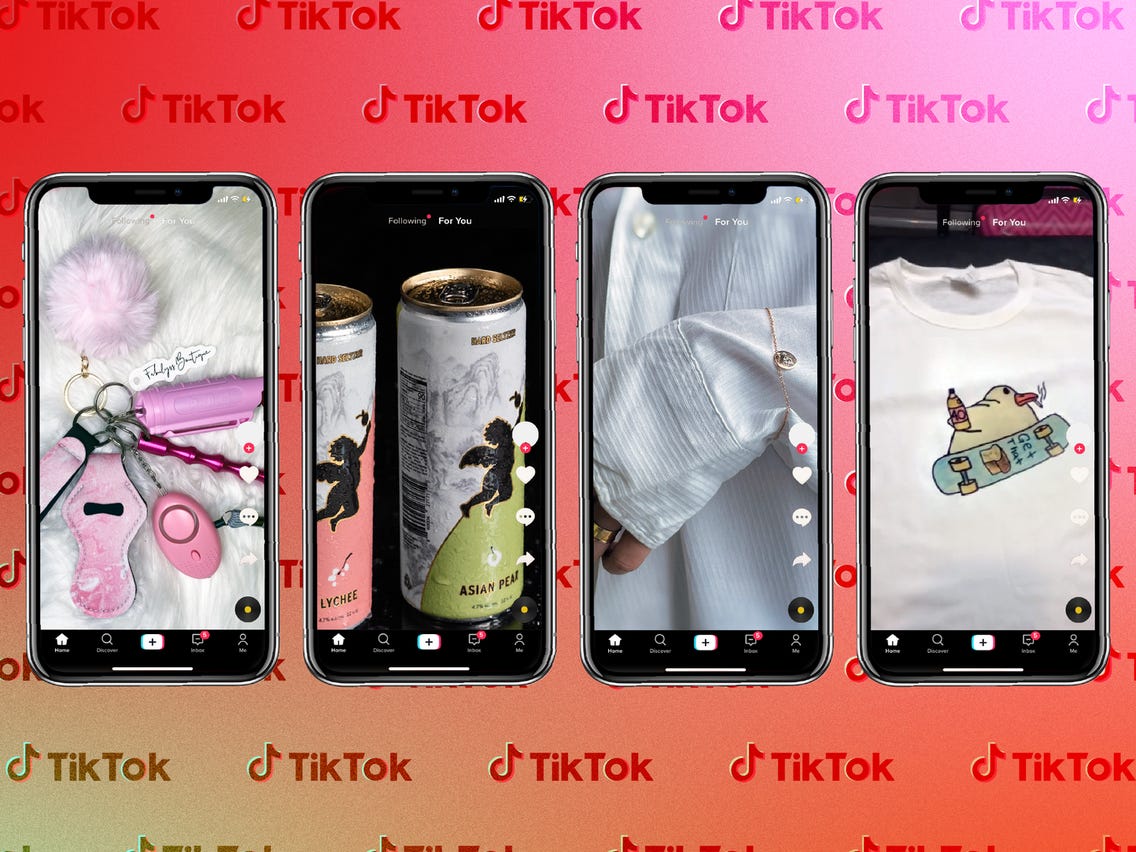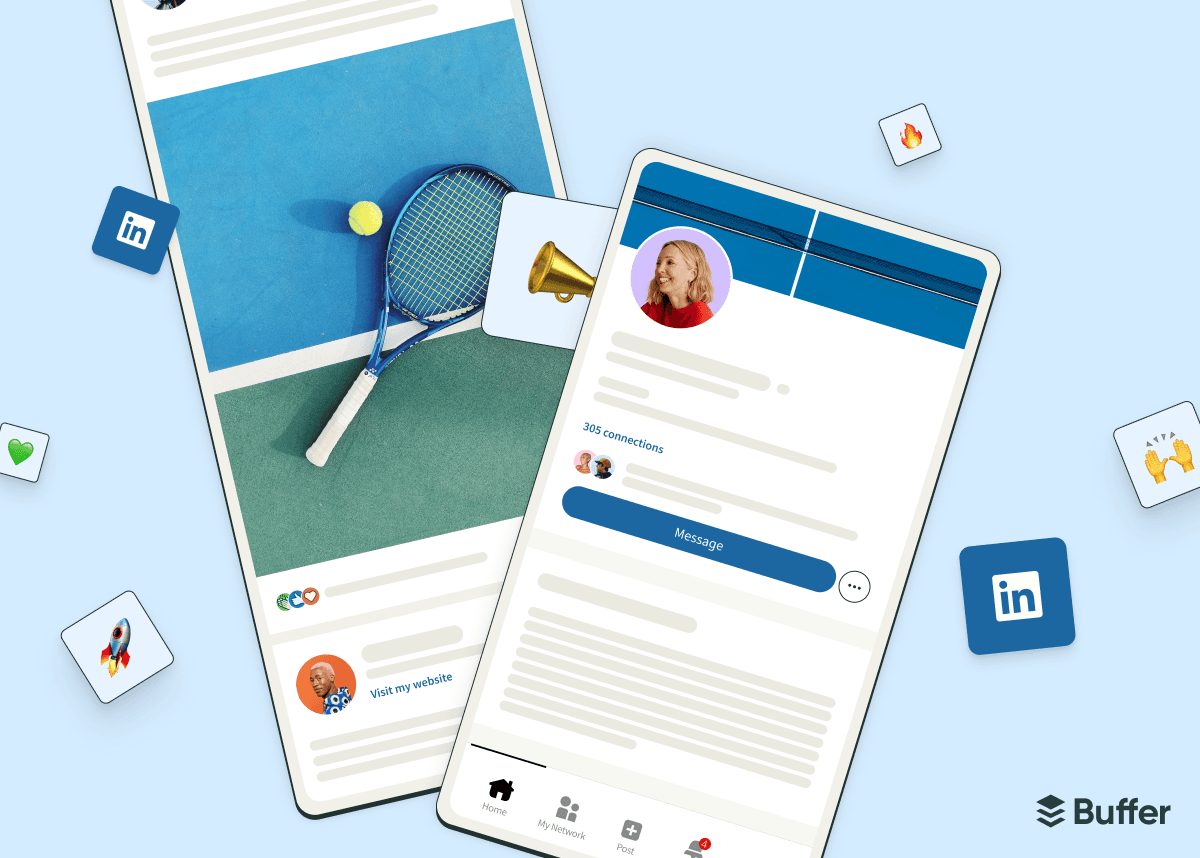Starting a new business is a thrilling experience — full of grand dreams and endless possibilities. It’s a process marked by ambition and dedication, and after all that hard work to get your business up and running, it’s natural that you want to see it quickly grow and flourish.
And while there is no secret formula or special hack to help your business quickly skyrocket to success, contrary to popular belief, you don’t need a mega-budget to find new customers. A smaller marketing budget can still deliver results if you know which five strategies to focus on.
1. Blogging
Blogging for your small business is a relatively easy and low-cost way to drive traffic to your website, grow an audience, and attract more customers. In fact, brands that blog get 97% more links to their websites. Plus, blogging gives you a chance to tell your potential customers about your products and brand identity or share opinions and thoughts on specific topics. This helps establish credibility and position your business as an expert in your space.
Blogging also increases your chances of showing up in search results. The more frequently and consistently you post about relevant topics, the more “discoverable” your website becomes. That’s because publishing content worth linking to and sharing signals value to search engines and helps your website rank higher when Google serves it up to interested users. Blogging can also help you benefit from SEO without any additional knowledge about it.
We’re big fans of blogging here at Buffer, and we’ve been doing it since 2011.It’s been a great way for us to showcase our company personality and work culture, as well as share resources and guides to help small business owners like you build and market their businesses.

If you’re new to blogging, check out our guide on how to write a blog post, plus 39 blogging tools to help you work faster, write better, and land more readers.
2. Email marketing
Email marketing can be used to reach and connect with your target audience in a personalized way, build strong, long-term customer relationships, and increase sales. In fact, 81% of small businesses report that email is their primary customer acquisition channel. On top of that, email marketing is one of the most effective marketing strategies — and it’s affordable too.
- On average, email brings in $36 for every $1 spent. That’s a 3,600% return on investment!
- And 60% of customers have made an online purchase because of an email marketing message.
- Email marketing is close to 40X more effective than Facebook and Twitter combined for acquiring new customers.
Once you have an email marketing tool in place (Mailchimp, Constant Contact, and MailerLite are among the best and inexpensive options for small businesses), slowly nurture your subscribers until they are ready to become paying customers. One way to do this is by creating email campaigns with content that educates your audience, such as tips, tutorials, and recipes.
Dezi & Roo, a toy company for cats, does this by using Mailchimp to send emails with tips on how their subscribers can look after or play with their cats. The content is educational and provides value to their target audience. And although there is no hard selling, website links are included in the emails so that readers can take the next step by purchasing a cat toy.

If you want to learn some cost- and time-saving strategies to help you get more sales for your small business, then our email marketing guide has you covered!
3. Social media
With well over 9 in 10 internet users on social media each month, social media marketing, whether organic or paid, is one of the best and most affordable ways to get your products and services in front of a large audience.
Since it is completely free to set up your social media profiles on different social networks, your business can organically build brand awareness, engage current and prospective customers, and generate leads and sales, essentially for free.
Hard-seltzer company, Nectar, for example, posted a 60-second video that went viral on TikTok. Within seven months, the small business went from zero customers and followers to having its product on the shelves of 100 stores.

For organic small business growth on social media, we recommend five simple strategies that grew our social traffic by 350%. We also suggest experimenting with a few simple growth hacks, such as posting during non-peak hours.
You can also use social media advertising to increase online sales and generate awareness. The advantage of using this form of advertising is that it will never cost more than you have to spend. For example, if you have a budget of $10 per day to spend on Instagram Ads, then it never costs you more than that!
This is another reason why social media marketing is excellent for small businesses. It gives you flexibility over how much you spend.
4. Influencer marketing
A big myth surrounding influencer marketing is that it requires an enormous budget because influencers are expensive. And while it is true that major influencers can command significant fees, small business owners and entrepreneurs can tap into the perks of influencer marketing at a low cost by focusing on a targeted niche.
The cost of collaborating with influencers depends on several factors, including follower count, engagement, and the terms of the partnership. We recommend working with micro-influencers or brand ambassadors because they tend to be more affordable. Many are even open to collaborations in exchange for free products.
Even big brands are tapping into micro-influencers. For example, Fabletics, a global, active-lifestyle brand, works with hundreds of micro-influencers and non-paid influencers. Its #KickButtLookCute campaign used just nine micro-influencers in fitness, fashion, and lifestyle — categories where Fabletics targets customers. The brand welcomes influencers to apply regardless of their audience size.

Ultimately, influencer marketing can be a fast way to accelerate your online presence, build a loyal customer base, and build brand awareness. Not only do almost half of consumers depend on influencer recommendations, but 40% have made a purchase after seeing an influencer mention a brand on Twitter, YouTube, or Instagram.
If you’re interested in collaborating with an influencer, then check out our guide on how to find influencers that fit your business. We recommend using an influencer marketing platform like Aspire to help you easily connect with verified ambassadors, influencers, and affiliates. Or, if you’re into the DIY approach, we have a step-by-step guide to help you run micro-influencer campaigns.
5. Search Engine Optimization (SEO)
SEO requires some extra knowledge, but if your website ranks higher in search engines, you’ll bypass your competition to gain new customers for your business. That’s because search engine users are more likely to trust a website that is on the first page of search results than websites of brands that are not.
And with about 68% of online experiences beginning with a search engine and 53.3% of website traffic originating from organic search results, it’s essential to have a good SEO strategy to help improve both the quantity and quality of traffic to your website.
The good news is, learning the basics of SEO sounds more complicated than it is. In fact, if you’re blogging, like we suggested earlier in this list, you’re already building your SEO. To get more traffic from your content, focus on one or two areas, such as keyword research. This is the process of finding popular search terms and using them on your website. Ahrefs, a company that specializes in SEO tools, has a great guide for beginners on how to do keyword research that’s jargon-free but still packed with lots of helpful tips.
Although it takes time to see results from SEO, it costs less than paid advertising in the long run. This is because SEO involves making free adjustments to your website that are directed at people who are already searching for content like yours, rather than focusing on paid promotions that many customers find intrusive.
If you’re already familiar with SEO and want to take things to the next level, then head over to our article on free SEO tools.
Hear how other small business owners are doing it
If you’re looking for a regular dose of entrepreneurial inspiration, then listen to Small Business, Big Lessons podcast to hear from small business owners who are doing big things.
Try Buffer for free
190,000+ creators, small businesses, and marketers use Buffer to grow their audiences every month.




